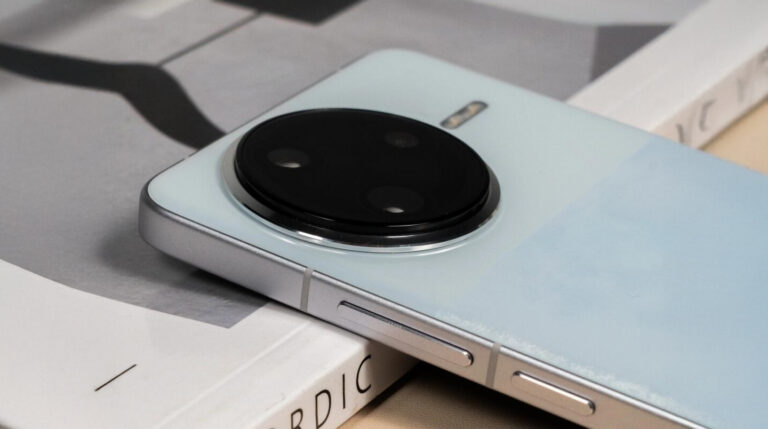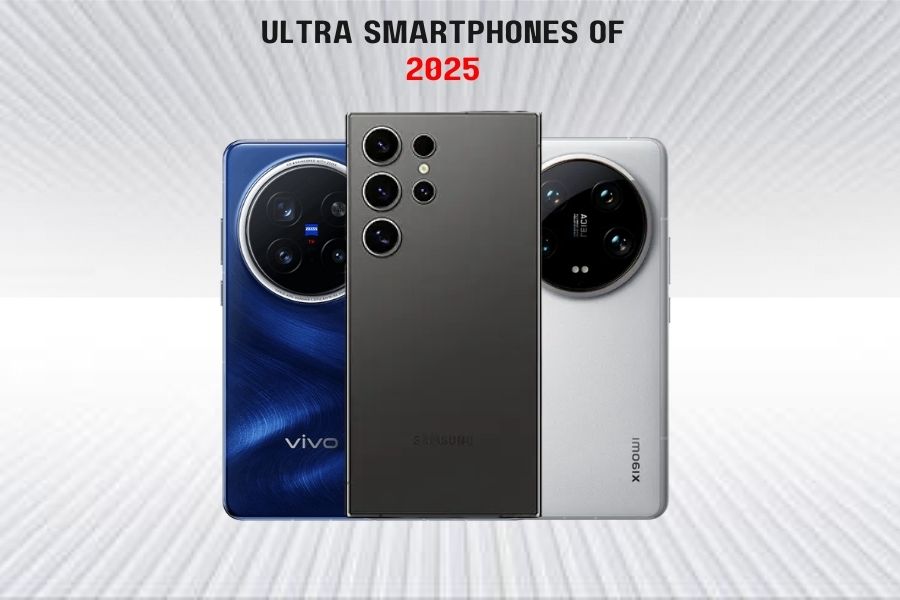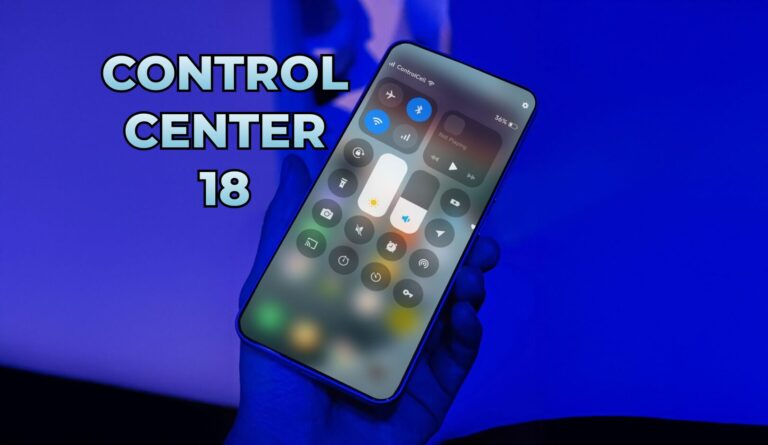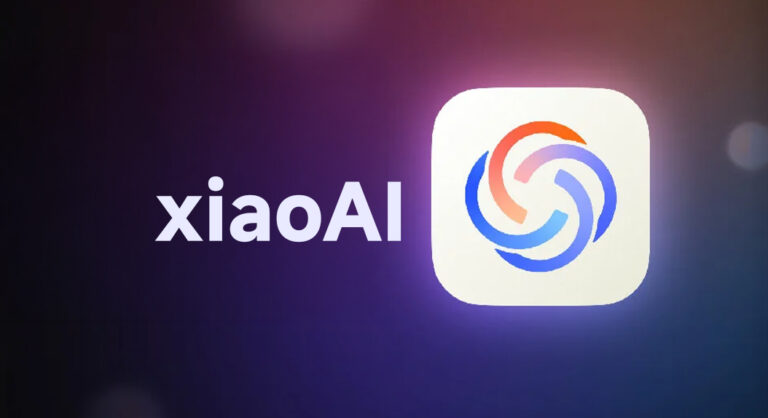The 4 most anticipated Ultra smartphones of 2025
As 2025 approaches, smartphone enthusiasts are already looking ahead to what’s shaping up to be another competitive year in the high-end flagship market. If you’re someone who only upgrades when the biggest and most powerful models hit the shelves, the “Ultra” segment is where you’ll want to focus your attention. Next year, four major players are lining up their most ambitious releases yet: the Samsung Galaxy S25 Ultra, Vivo X200 Ultra, Oppo Find X8 Ultra, and Xiaomi 15 Ultra. These phones will deliver the best set of camera technology, performance, and design, but the real question is—which one will stand out? Let’s break down what we know (and what we can reasonably expect) from each device.
1. Samsung Galaxy S25 Ultra

Samsung’s Ultra series has long been the benchmark for high-end Android phones, and the Galaxy S25 Ultra isn’t likely to stray far from this formula. If history is any indication, the S25 Ultra will build on the successes of its predecessor, focusing on subtle but meaningful improvements rather than radical redesigns.
The S25 Ultra will likely retain its signature boxy, industrial design but with more rounded edges this time. Its front will feature a 6.8-inch Dynamic AMOLED 2X display, similar to previous models.
The OLED panel is expected to maintain a resolution of 1440 by 3080 pixels, offering a sharpness of over 500ppi. As a result, individual pixels will remain indistinguishable. Samsung is also likely to continue refining its S Pen integration, keeping it as the go-to choice for productivity-minded users.
On the camera front, the S25 Ultra is expected to upgrade its ultrawide lens to a new 50MP ISOCELL JN3 sensor. The other three cameras—the 200MP main, 10MP telephoto with 3x zoom, and 50MP telephoto with 5x zoom—are likely to remain unchanged.
Powering the S25 Ultra will likely be Qualcomm’s Snapdragon 8 Elite, built by TSMC and officially announced in October 2024. The chipset’s two performance cores reach clock speeds of up to 4GHz, a significant leap from the 3.3GHz offered by the Cortex-X4 on the Snapdragon 8 Gen 3. The S25 Ultra has also been spotted on Geekbench, confirming its use of this powerful SoC.
2. Vivo X200 Ultra

Vivo might not have the global footprint of Samsung, but the X series has consistently impressed with its camera-first approach. The X200 Ultra is expected to double down on that strategy, catering to photography enthusiasts who prioritize camera hardware above all else.
The X200 Ultra is rumored to sport a 50MP main sensor, though it might forego the 1-inch size of its predecessor for a smaller 1/1.3″ sensor.
The brand took a similar approach with the X200 Pro, which launched in October. Vivo swapped out its 1-inch Sony IMX 989 sensor from the X100 Pro for a slightly smaller 1/1.28” lens on the X200 Pro.
The company, however, claims this new sensor should perform as well as the previous one, and possibly better in certain situations. We assume Vivo might take a similar approach with the X200 Ultra, though the exact camera sensor is still unknown.
On the performance front, the X200 Ultra will likely run on the Snapdragon 8 Elite. It’s expected to feature a 2K resolution display with a 120Hz refresh rate, delivering a premium viewing experience over the 1.5K screens of the base and Pro variants. The device could also pack a powerful 6,000mAh battery, supporting 100W wired and 50W wireless charging.
3. Oppo Find X8 Ultra

Oppo’s Find X series has always combined premium design with powerful performance, and the Find X8 Ultra looks set to continue that legacy.
The Find X8 Ultra is rumored to feature a micro-quad-curved screen, enhancing its immersive feel. It will likely sport a 6.82-inch BOE X2 LTPO OLED panel with a 2K+ resolution and 120Hz refresh rate—possibly the same display debuting on the OnePlus 13.
The camera upgrades on the new model will likely be subtle, yet they remain impactful. The Find X8 Ultra is expected to retain its one-inch primary sensor and periscope telephoto lenses, now with slight focal length adjustments.
We can also expect 3x and 6x periscope cameras for versatile zoom capabilities. And Oppo will also integrate a Hasselblad multi-spectral sensor to improve color accuracy and low-light performance.
Oppo will also be focusing on durability. The Find X8 Ultra is expected to carry an IP68/69 rating for water and dust resistance. Security-wise, it will feature a single-point ultrasonic fingerprint sensor, ensuring faster and more reliable unlocks.
Powered by the Snapdragon 8 Elite, the Find X8 Ultra will likely offer up to 16GB of RAM and 1TB of storage in its premium models
4. Xiaomi 15 Ultra

Last but not least, we have Xiaomi 15 Ultra. It is expected to feature a 6.73-inch AMOLED panel that features a micro-quad-curved design. It will offer a 2K resolution, a 120Hz refresh rate, and an ultrasonic in-screen fingerprint sensor. The device will run on HyperOS 2-based Android 15.
Under the hood, the Xiaomi 15 Ultra is expected to feature the Snapdragon 8 Elite chip and a 6,000mAh battery with 100W wired and 50W wireless charging support. The 15 Ultra is expected to arrive with up to 16 GB of LPDDR5x RAM and up to 1 TB of UFS 4.0 storage.
For selfies, it is expected to feature a 32-megapixel front-facing camera. The rear camera setup of the device will have a 50-megapixel Sony LYT-900 primary camera with OIS support, a 50-megapixel Samsung JN5 ultra-wide snapper, a 50-megapixel Sony IMX858 telephoto camera, and a 200-megapixel Samsung HP9 periscope telephoto camera with support for up to 100x AI-driven hybrid zoom.
5. Final Thoughts
The Ultra smartphone category in 2025 will bring some of the most ambitious designs and features to market, with each brand taking a unique approach.
Ultimately, your choice will depend on what you value most: camera capabilities, design, performance, or price. With the first quarter of 2025 just around the corner, we’ll soon see which Ultra smartphone manages to capture the crown. For now, the stage is set for an exciting battle at the top.
What's Your Reaction?
























